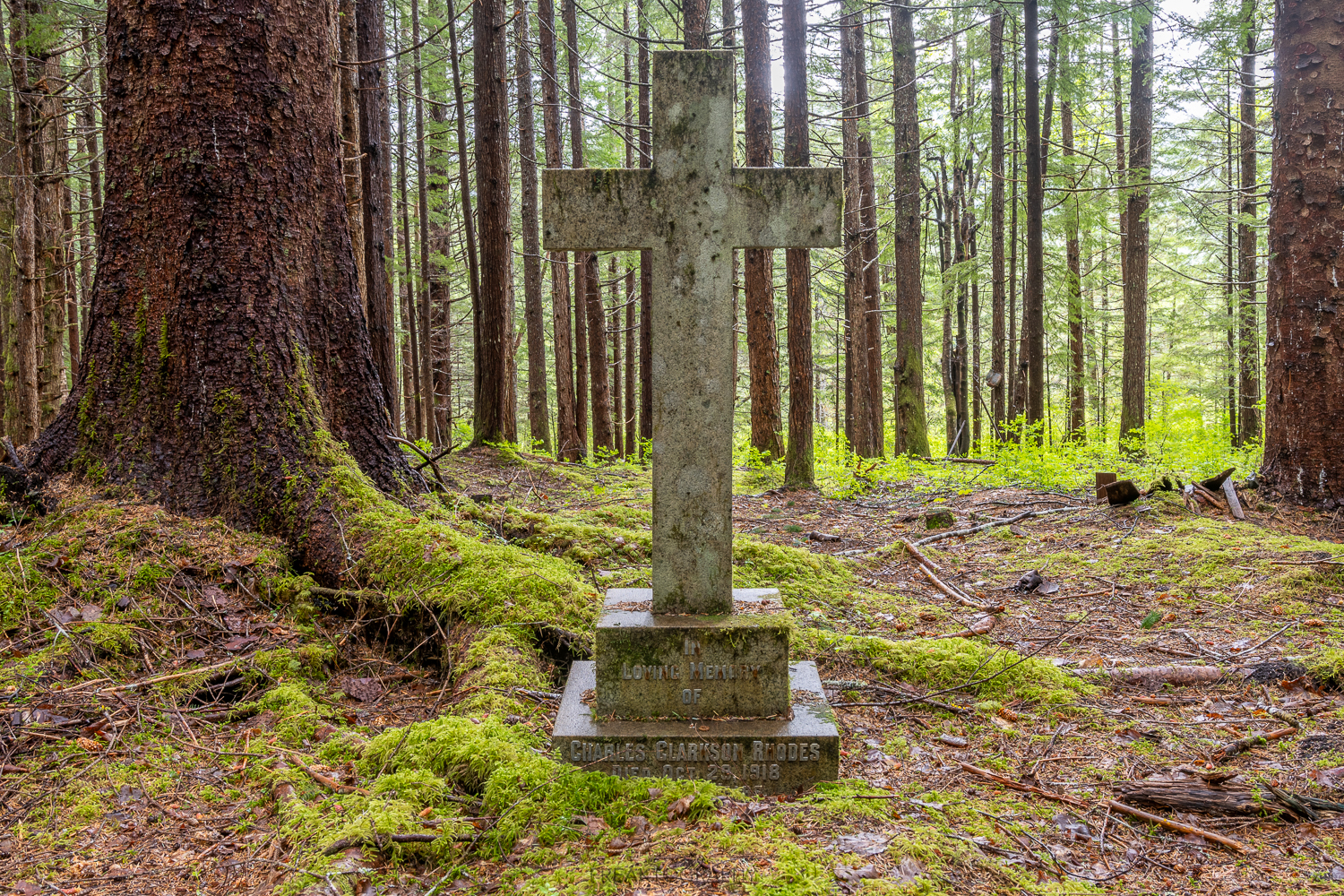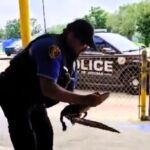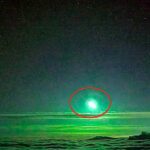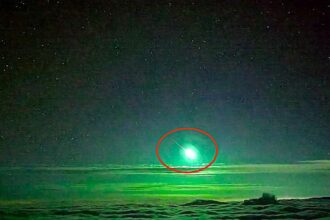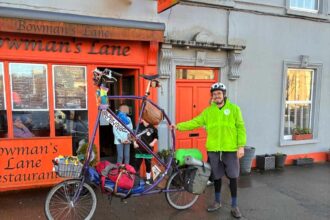An urban explorer has unveiled a forgotten cemetery in an abandoned ghost town – but it’s not for the faint hearted.
Dave, who is also known as Freaktography, shares his adventures exploring abandoned and creepy places, and posts them on his youtube channel and website.
But, his latest jaunt will send a shiver down your spine.
Anyox, in British Columbia, Canada, was originally a copper mining town that operated from 1914 to 1935.
- Advertisement -
READ MORE: Couple discover 100-year-old room under jacuzzi – used as a secret tunnel
Its short existence saw 480 births, 320 deaths and 160 marriages, reports What’s The Jam.
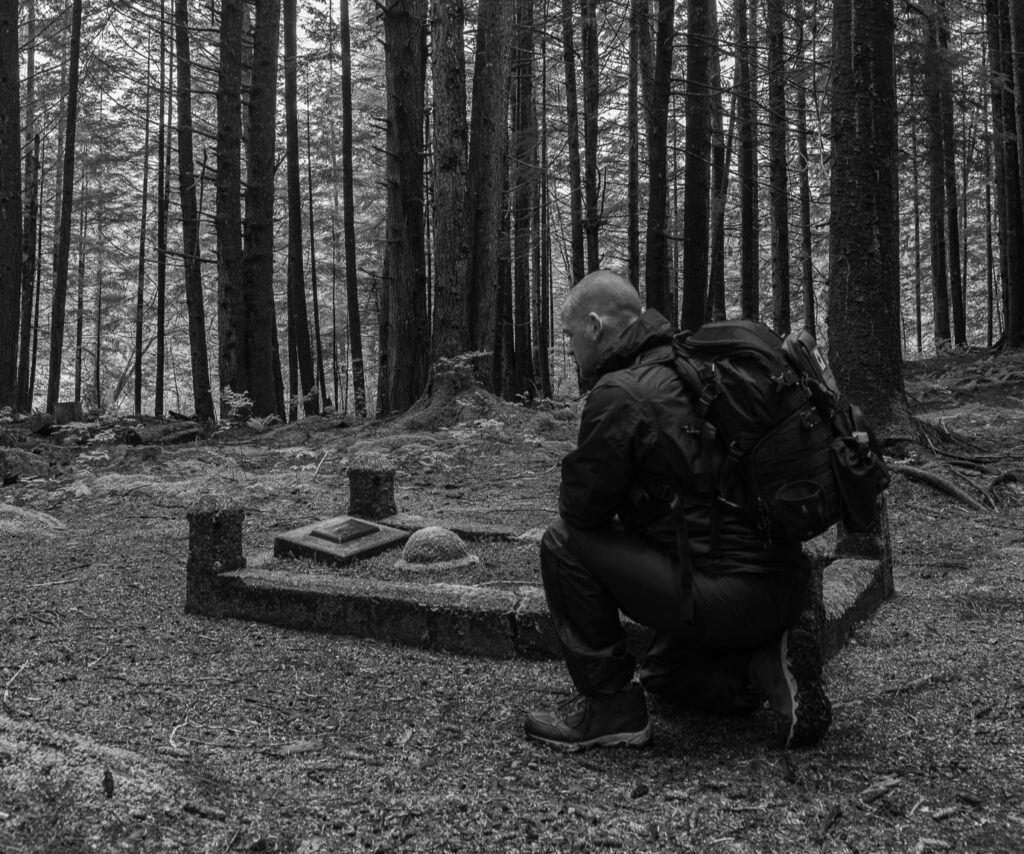
Curious as to what remained of the once bustling settlement, Dave made the journey, which he describes as “one of the most surreal experiences” of his life.
But, the abandoned town’s cemetery, deep in the forest where bears roam freely, isn’t for those with a weak stomach.
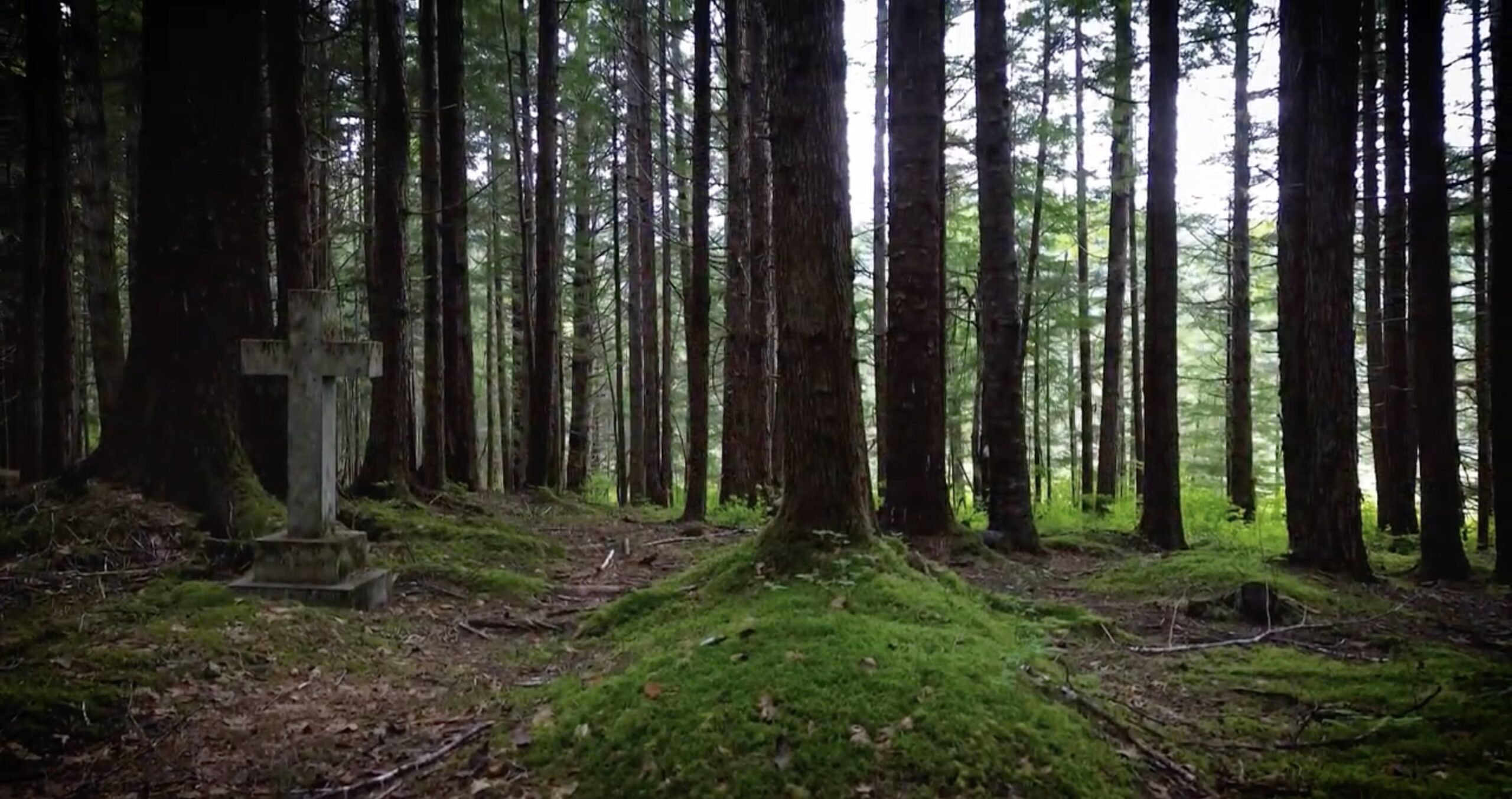
A path has been cleared to the graveyard, occupied with moss-covered gravestones of loved ones left to rot under the ecosystem, by rangers and the town’s two lone inhabitants, who also maintain it.
- Advertisement -
Many of the graves belong to veterans of the First World War.
Dave said: “Each veteran’s gravesite is marked with a rectangular cement outline with four corner posts and a commemorative concrete-cast helmet.
“Some graves of civilians are marked with tombstones, but many of the graves here are simply a mound of earth with no marker to identify the dead.”
- Advertisement -
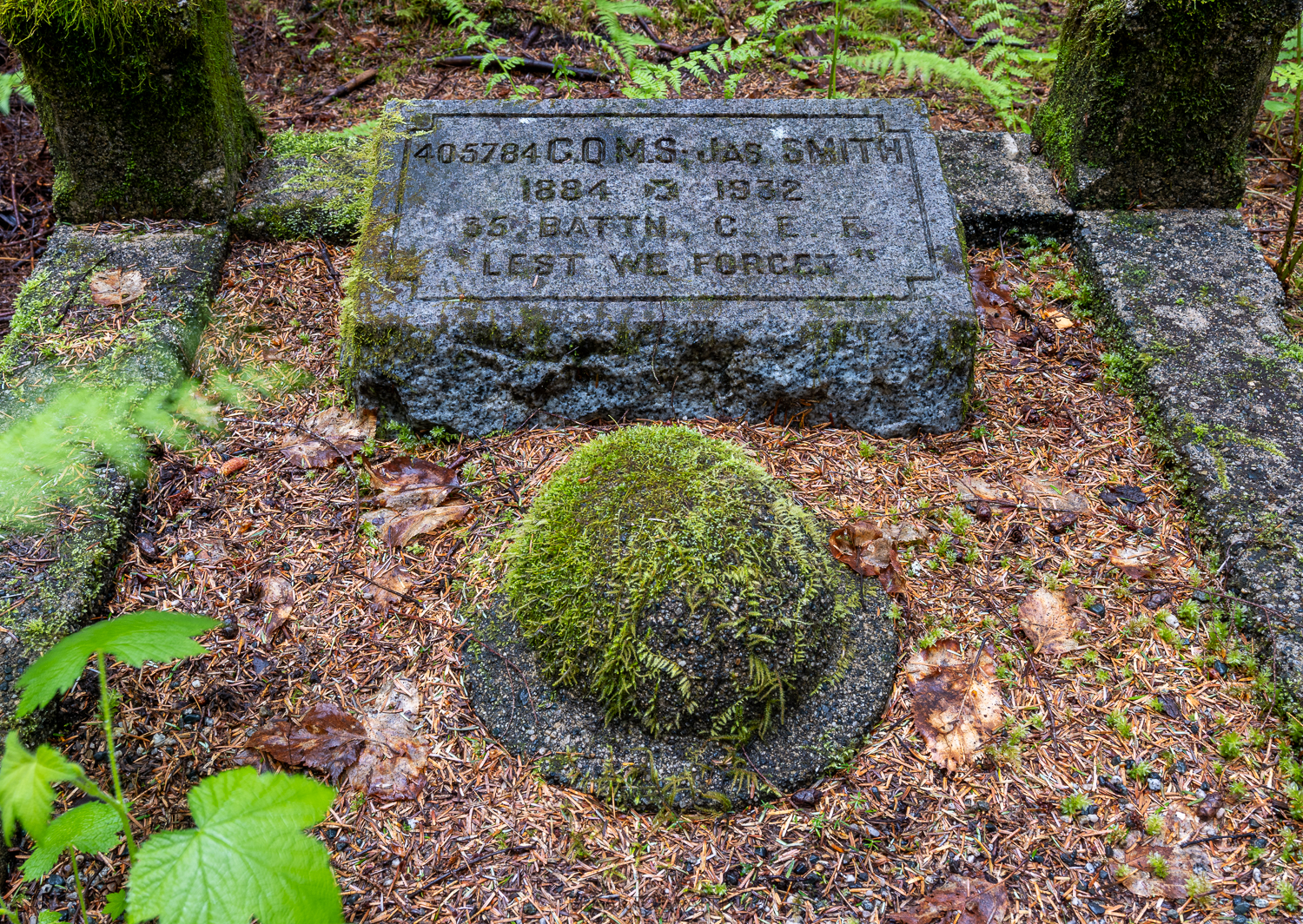
And, if that isn’t enough to send shivers down your spine, this is also the burial site of young children, with the death of one child utterly horrific.
Wilfred Sheldon Teabo, was throwing rocks into nearby Falls Creek when he fell in. His brother tried to jump in to save him, but was held back by men working nearby who knew the toxic chemical of cyanide present there would have killed him, too.
But, perhaps the most chilling fact of all is that when war broke out the town owners, Granby Consolidated Mining and Smelting Company, pledged that men who went to fight could return home to their jobs.
Of the 400 men who left, less than 60 returned.
The company promised veterans they would be looked after and given a dignified burial signifying their service.
The majority of the graves are now covered in moss and surrounded by thriving forms of nature.
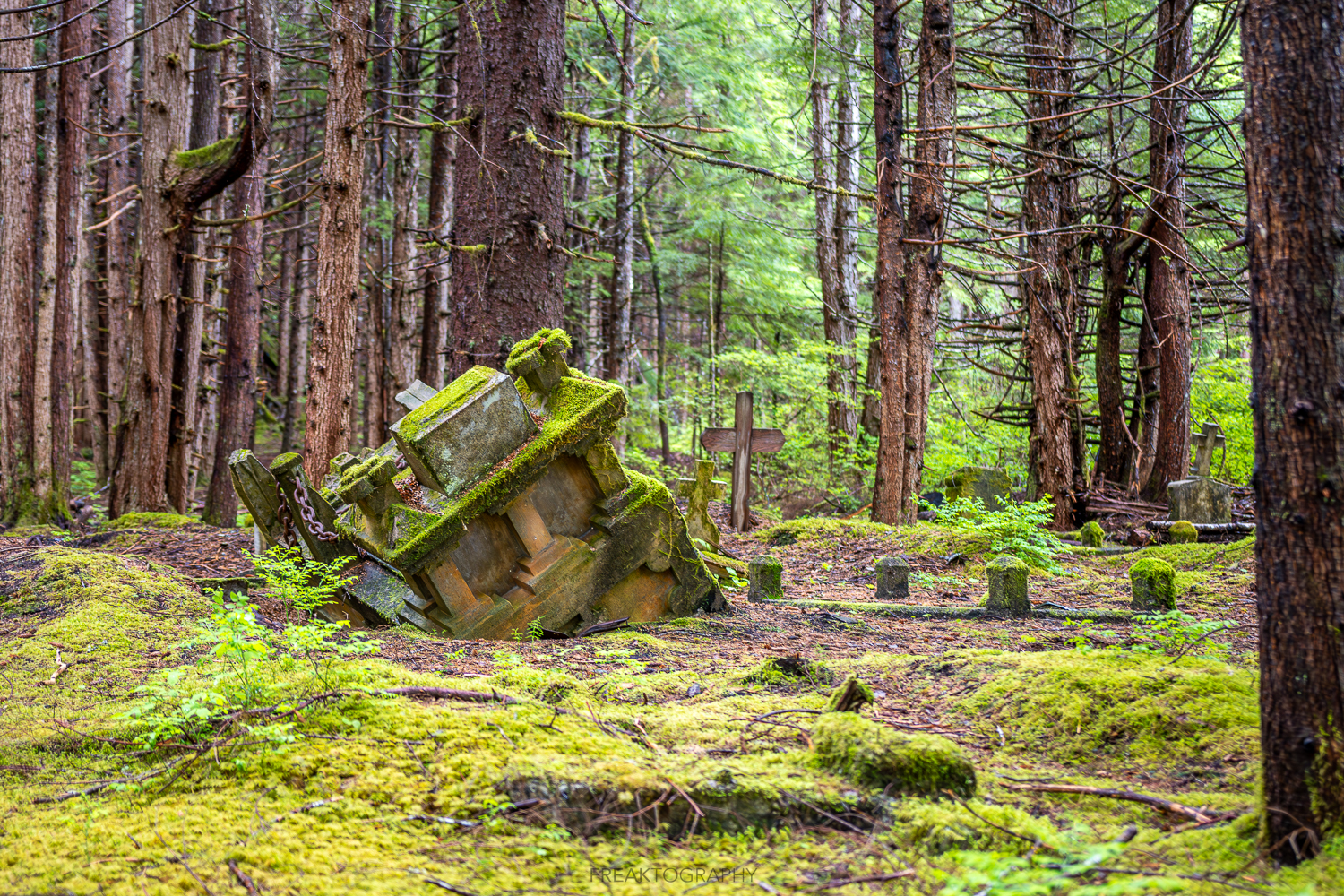
Dave recalls one particularly striking grave was that of Julia Omar.
She died of ill health on December 7, 1925, but when her husband fled Anyox for Spain his wife’s casket was dug up and sent back to his home country. Now the hollow grave remains, with its headstone tilted but still standing strong.
A number of deaths in the town, caused by toxic emissions from cyanide waste, were tragically those of infants and stillborn births.
The settlement was also plagued by the Spanish flu epidemic in 1918 that arrived with passengers on incoming ships.
Dave’s eerie trip to Anyox was cut short by a chilling sign that it was time for him to go.
He said: “Just as I considered staying longer, right behind me a widowmaker dropped from a tree.
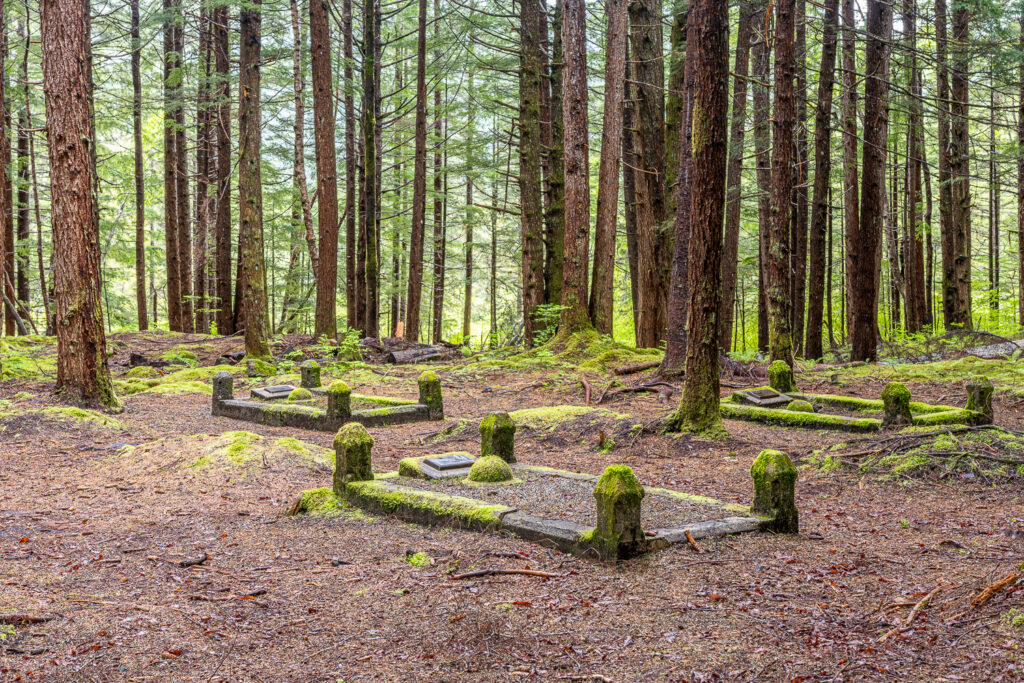
“A widowmaker is a large dead branch that falls from the tall mature trees, surely to make a widow of the wives of the poor man whose head has been struck by the falling branch.
“This was my sign to leave.”
READ MORE: Horror as £3 Vinted order arrives in ‘POO-FILLED NAPPY’


